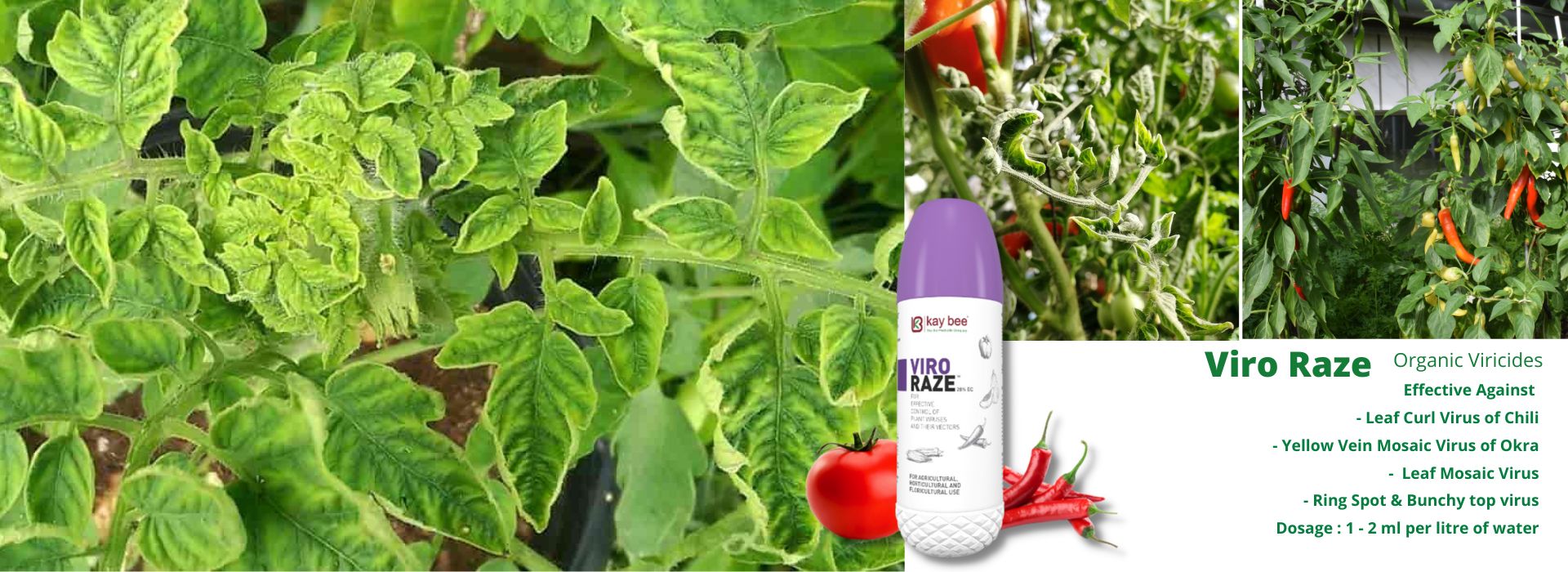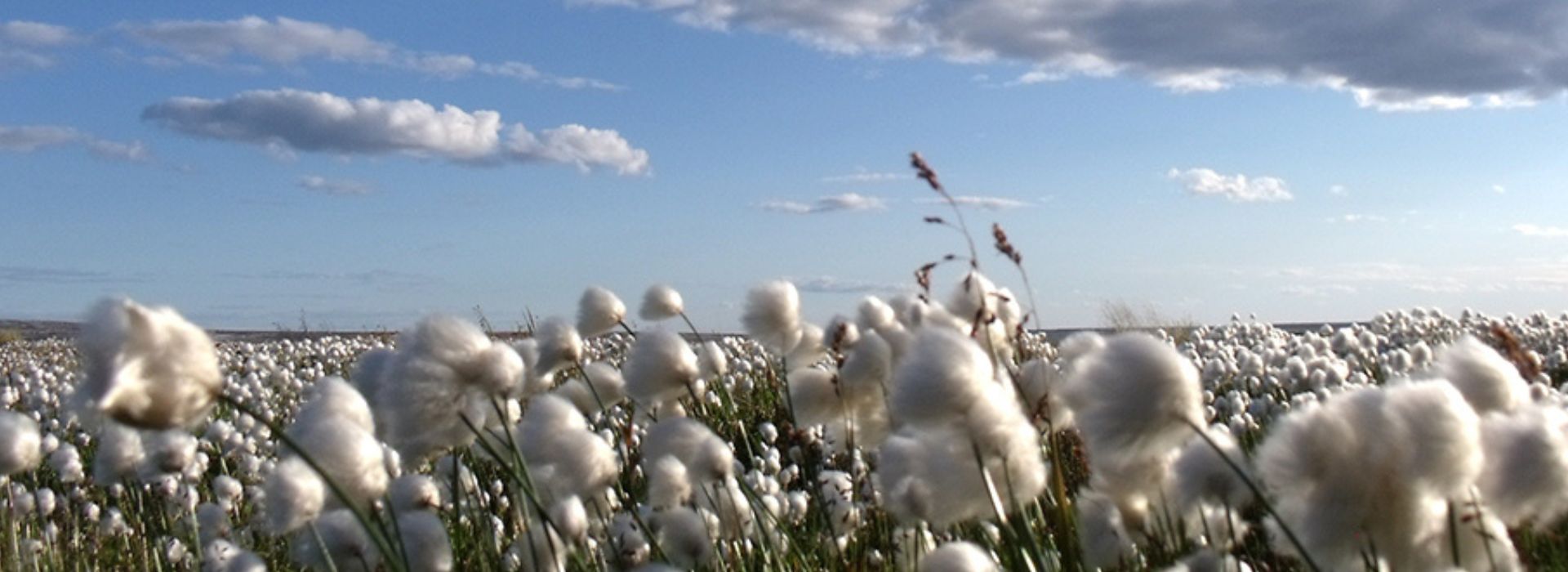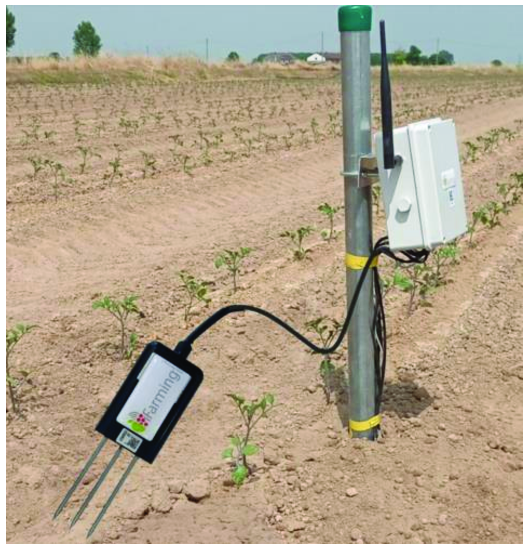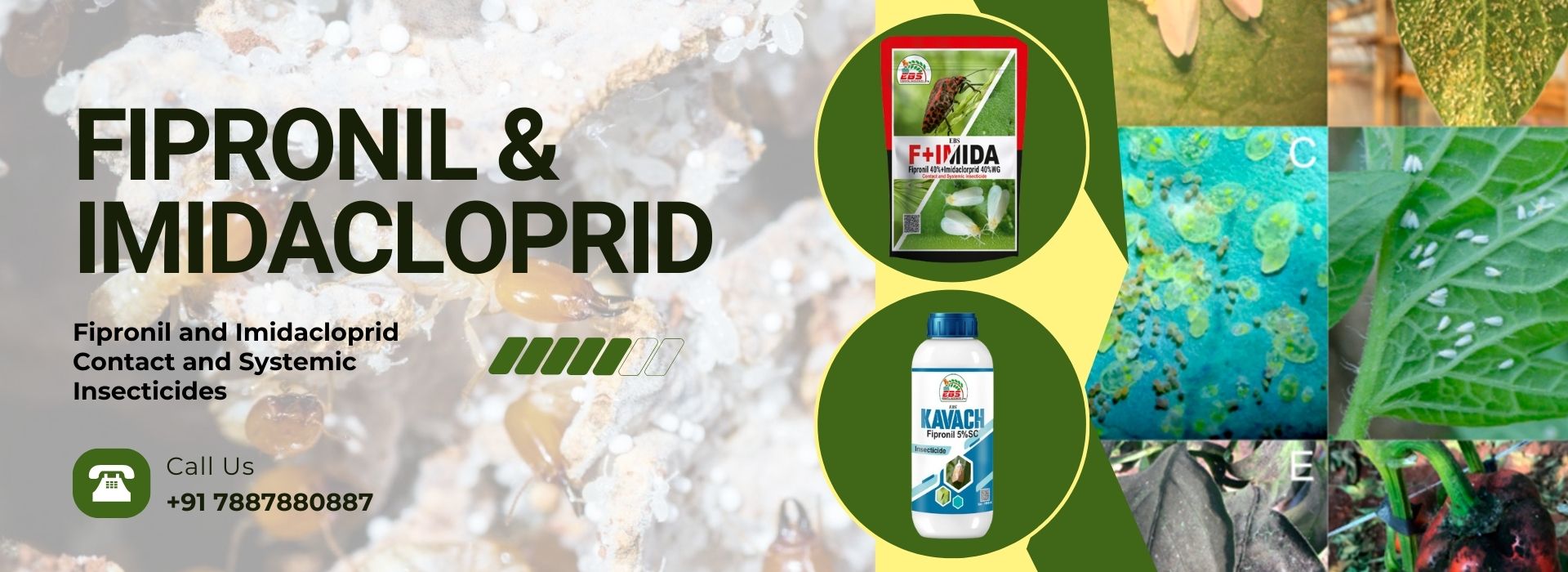Understanding Leaf Curl Virus: Key Symptoms, Prevention Tips, and Effective Control Methods.
September 19, 2024Leaf Curl Virus: Symptoms, Prevention, and Control
Plants, like humans, can be prone to viral infections that
cause significant damage to their health and productivity. One such viral
menace is the Leaf Curl Virus, a disease that affects a wide variety of
crops, including tomatoes, peppers, and cotton. This blog will delve into the
symptoms, prevention, and control measures for managing leaf curl virus,
ensuring your plants stay healthy and productive.
Symptoms of Leaf Curl Virus
Early detection is key when dealing with leaf curl virus.
Identifying the symptoms allows for prompt action before the virus spreads to
the entire crop. Common symptoms include:
- Curled
and Distorted Leaves: As the name suggests, the hallmark of the virus is the abnormal
curling of leaves. The edges of the leaves may roll upward or downward,
and the foliage often appears wrinkled or thickened.
- Yellowing
and Stunted Growth: Infected plants may exhibit yellowing of the leaves, reduced size,
and general stunted growth. This can significantly impact fruit or flower
development, leading to poor yields.
- Mosaic
Patterns:
Another symptom is the appearance of irregular green or yellow patches on
the leaves, giving them a "mosaic" pattern.
- Brittle
Texture:
Affected leaves tend to become brittle or rough in texture, making them
more vulnerable to environmental stresses like wind and heat.
- Inhibited
Fruit Development: Leaf curl virus can lead to fruit malformation, delayed ripening,
and overall reduced production, affecting the economic value of the crops.
Prevention of Leaf Curl Virus
Preventing leaf curl virus starts with strong management
practices and an understanding of how the virus spreads. Here are some
strategies to help safeguard your plants:
- Use
Virus-Resistant Varieties: One of the most effective preventive measures is to
choose virus-resistant plant varieties. Many seed producers now offer
plants bred to resist leaf curl virus, especially in regions where the
virus is common.
- Maintain
Good Hygiene Practices: Always sanitize tools and equipment before working with your
plants. Infected sap can spread the virus between plants, so keeping your
tools clean is crucial.
- Control
Insect Vectors:
The virus is often transmitted by whiteflies, small insects that
feed on plant sap. Using insecticides, installing sticky traps, or
releasing natural predators like ladybugs can help manage whitefly
populations.
- Remove
Infected Plants:
If a plant is severely affected, it’s best to remove and destroy it
immediately to prevent the virus from spreading to healthy plants.
- Practice
Crop Rotation:
Rotating crops reduces the chances of leaf curl virus reoccurring in the
same area year after year, as the virus struggles to persist without a
host.
Control Measures for Leaf Curl Virus
If your plants are already infected, it's important to take
action swiftly. While there is no direct cure for leaf curl virus, here are
some control strategies to mitigate the damage:
- Chemical
Treatments:
Although chemicals won’t cure the virus, some insecticides can help reduce
the populations of whiteflies, the main vectors of leaf curl virus.
Organic options, like neem oil, may also help minimize insect activity.
- Use
Reflective Mulch:
Reflective mulch can be used to deter whiteflies. The reflection confuses
the insects, making it harder for them to find host plants, thereby
reducing the chances of viral transmission.
- Pruning
and Removing Affected Areas: If the infection is localized, prune off the infected
leaves or branches. Dispose of them carefully, away from healthy plants,
to prevent further spread.
- Encourage
Natural Predators: Promoting a healthy ecosystem in your garden can help control
insect populations naturally. Beneficial insects, such as lacewings,
ladybugs, and parasitic wasps, are known to reduce whitefly numbers.
- Monitor
Regularly:
Consistently checking your plants for symptoms or the presence of
whiteflies is essential. Early detection allows for quick intervention,
which can limit the spread of the virus.
Conclusion
Leaf curl virus is a formidable threat to many crops, but
with vigilance, preventive measures, and effective control strategies, it can
be managed. Growers can protect their plants by identifying the symptoms early,
keeping a close watch on insect vectors, and maintaining good agricultural
practices. By following these guidelines, you can minimize the impact of leaf
curl virus on your plants and enjoy healthy, thriving crops.
At krishibazaar.in, you can find and buy various agricultural products. For agricultural guidance on selecting the most suitable products for your crops, please contact or WhatsApp at +917887880887






Guest reviews
No reviews found for this Blog